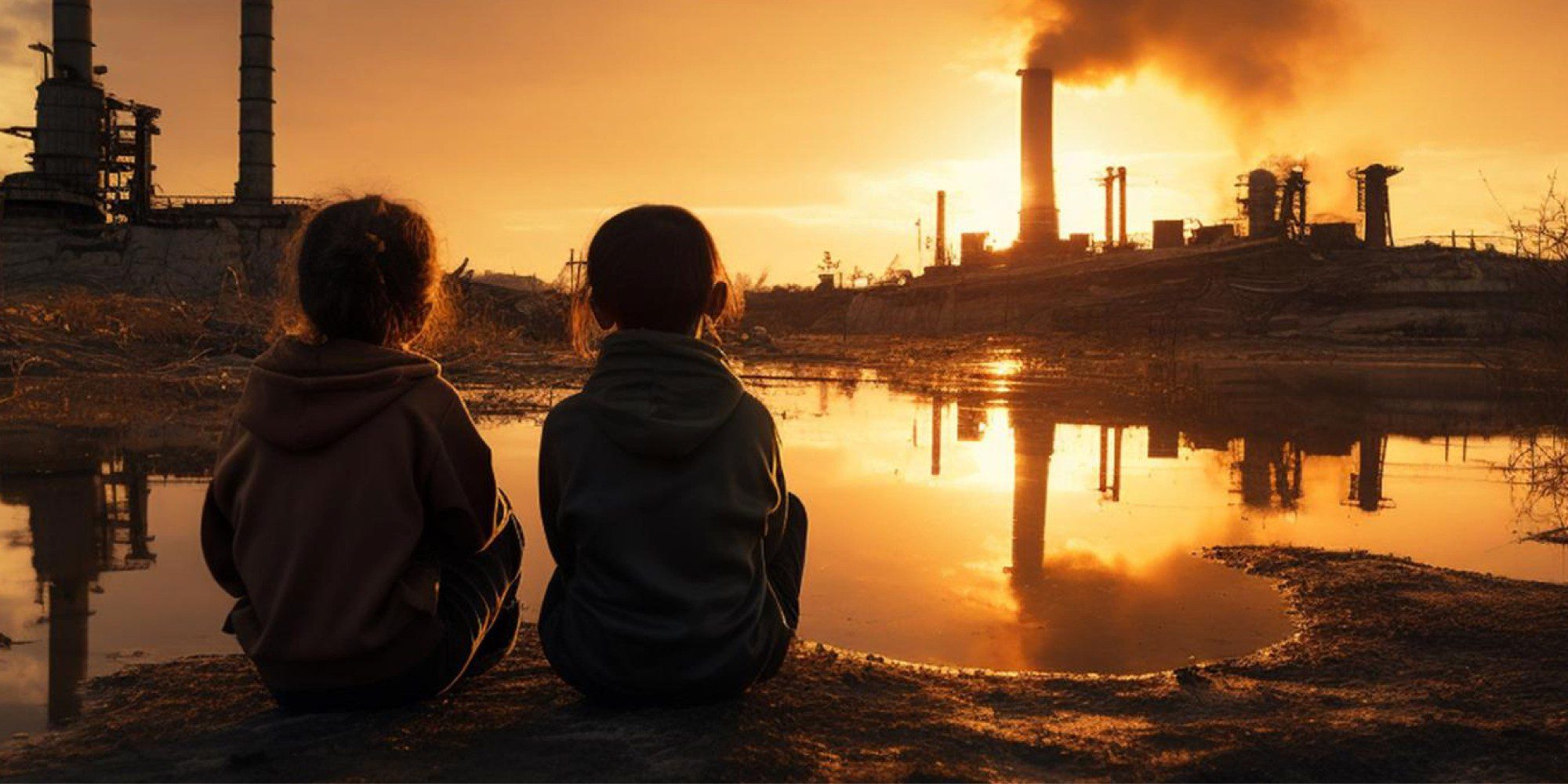News and Insights
Climate of crisis looms large as global warming jeopardizes health
December 18, 2023
Climate change knows no borders and the problem is the speed at which things are changing. The latest report by Intergovernmental Panel on Climate Change (IPCC) has declared that climate change is worsening to the extent that it’s causing irreversible damage in certain parts of the world. Increasing greenhouse gas emissions mostly due to human activities have caused a spike of 1.1℃ in global temperatures between 2011-2020, with the world further expected to get warmer by 1.5℃ as early as 20301.
Climate crisis jeopardizes health
Environmental health and human health are one and the same. Climate change affects the social and environmental determinants of health and reduces access to clean air, safe drinking water, food, and shelter2. The climate crisis is expected to cause 2,50,000 additional deaths per year between 2030 and 2050. People in low-income and disadvantaged communities, who have historically contributed the least to the current climate crisis, are disproportionately affected because of it. Moreover, developing countries, that are struggling with a weak and overburdened health infrastructure, will be the least able to cope without assistance in terms of infrastructure and policies3.
A recent study showed that global warming has adverse effects on respiratory health. Particularly, emissions from the combustion of fossil fuels and biomass by power stations, industry, homes, and vehicles can irritate the lungs. It can lead to chronic respiratory diseases such as chronic obstructive pulmonary disease (COPD), asthma, occupational lung diseases, and pulmonary hypertension4. In 2019, ambient air pollution caused an estimated 4.2 million premature deaths worldwide, with about 89% occurring in low- and middle-income countries5.
Further, global warming escalates the chances of adverse weather and climate events due to its impact on the atmosphere, ocean, cryosphere, and biosphere. This leads to loss of natural habitat and biodiversity, increases exposure to UV radiation, and introduces changes in patterns of rainfall giving rise to new zoonotic and vector-borne diseases.
It can further impact agriculture and lead to yield loss, hampering food security, water and energy resources, threatening the stability of supply chains, and undermining livelihoods and overall global security. This will also worsen the condition of food-insecure regions leading to malnourishment and poverty. Food insecurity is also associated with an increased risk for multiple chronic health conditions such as diabetes, obesity, heart disease, and mental health disorders6.
Moreover, the threat to the environment and associated climate change can leave people distressed. This is called eco-anxiety and there are several clinical accounts of subclinical depressive emotions, despair, and guilt associated with the climate crisis7. Therefore, global warming can significantly impact mental health, especially in countries that lack the infrastructure to mitigate the effects of the crisis.
Change is possible
While the IPCC report confirms that the global environment is worsening, it also tells us that we have the means to tackle and restrict it as well. Atmospheric concentrations of greenhouse gases are at a record high. However, to keep warming within 2℃ above pre-industrial levels, emissions must decline by around 21% by 2030 and around 35% by 2035. As approximately 70% of global greenhouse gas emissions are from infrastructure construction and operations, public-private partnerships (PPPs) are key to promoting investment in climate-smart infrastructure8. With countries focusing on eco-friendly infrastructure development, PPP projects can be specifically designed to minimize carbon footprints and ensure resilience in the face of extreme weather events.
The report also spells out that many regulatory and economic policy instruments have been used and have led to a reduction of about seven billion tonnes of emissions. Therefore, strict compliance with already existing environmental policies can go a long way in mitigating the effects of climate change. In India, several organizations are advocating for environmental protection. For instance, Chintan is one of the leading organizations which promotes responsible consumption of resources with a mission to reduce waste. Navdanya is another NGO that encourages biodiversity, conservation, organic farming, and seed saving. There are various other organizations that are working towards environmental sustainability with evidence-based solutions. One such NGO is Environics Trust, which studies how environmental factors and human behaviour are mutually dependent9.
Some future changes are unavoidable but can be limited by a deep, rapid, and sustained reduction in global greenhouse gas emissions. Most of us in school were asked to write an essay on ‘Save trees, save lives.’ However, in this current climate of crisis, just planting trees will not cut it. Governments and other stakeholders need to work on a war footing to mitigate the impact of climate change and adapt environment-friendly policies. On a personal level, we should restrict ourselves from overusing available resources and inculcate lifestyle changes to accommodate the needs of the environment first. This World Health Day, let’s pledge to save our environment and protect our health.
1. https://www.ipcc.ch/report/ar6/syr/
2. https://www.who.int/news-room/fact-sheets/detail/climate-change-and-health
3. https://www.who.int/news-room/fact-sheets/detail/climate-change-and-health
5. https://www.who.int/news-room/fact-sheets/detail/ambient-(outdoor)-air-quality-and-health
7. https://www.thelancet.com/journals/lanplh/article/PIIS2542-5196(20)30081-4/fulltext
8. https://blogs.worldbank.org/ppps/leveraging-ppps-tackle-climate-change-new-resource
TAGS: Technology
